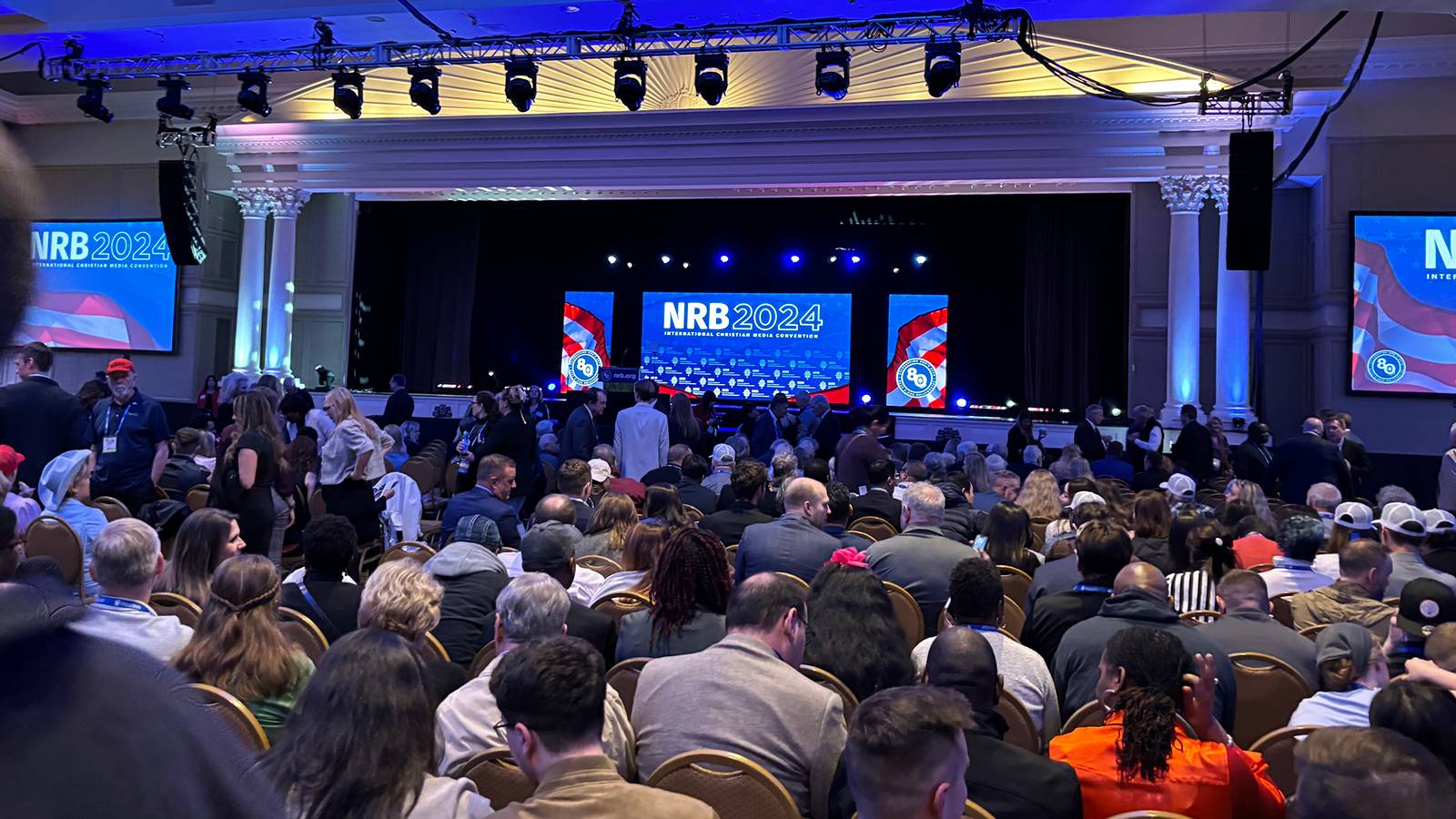The Chinese government has officially ended its international adoption program, foreign ministry spokesperson Mao Ning announced Thursday, ending hopes for hundreds of US families who were matched with children before the COVID-19 pandemic but had adoptions put on hold in 2020.
Karla Thrasher, senior director of international adoptions at Lifeline Children’s Services based in Birmingham, said the announcement was shocking to the adoption agency and to its 48 families who were matched with Chinese orphans before the pandemic.
“They were definitely in shock. This came very suddenly,” Thrasher told Baptist Press. “We actually had thought things were moving in a more positive direction over the past couple of weeks, and then received this email out of the blue regarding China no longer carrying out the foreign adoptions.”
Lifeline was serving more than 100 matched families when China suspended adoptions in 2020, Thrasher said, but the number dwindled due to various family circumstances.
The remaining 48 families waited with anticipation and suffered a range of emotions including anger, sadness and disbelief at the news, Thrasher said.
“Some of them were just a couple of pieces of paperwork away from traveling to meet their children and finalizing their adoption,” Thrasher said. “That’s how close many of these families were.”
Some of the children had participated in Lifeline’s hosting program.
“Several of these families had actually met their children and spent time with them through a program that we have where we host children here in the United States,” Thrasher said. “Several of these children had been a part of that hosting program where they had come to the US, actually spent time in the family’s home, so these families knew these children.”
China’s announcement ends a 30-year program, with exceptions for international residents adopting blood relatives or stepchildren, Ming said in her announcement during a press briefing. The program officially ended August 28.
Before China suspended the program during the COVID pandemic, 202 US adoptions were finalized from China in fiscal 2020, which spans October 2019 through September 2020, according to the US State Department’s Annual Report on Intercountry Adoption.
China was a robust country for adoptions by US parents in the years it remained a destination, generating 819 adoptions in 2019, 1,475 in 2018 and 2,036 10 years prior in 2008, the State Department reported.
After the suspension in 2020, no additional adoptions were seen from China until 2023, when 16 adoptions were finalized, the State Department reported. Those adoptions included families who were already approved for travel to China, a final stage in the adoption process. Some of those families were served by Lifeline, Thrasher said.
“Those are families that when the suspension happened in January 2020 due to COVID, they at the very last step of the process,” Thrasher said. “They had a document called travel approval, and China honored that document and allowed those families to travel last year.
“Even yesterday, amidst all of the sadness, the Lord reminded us of those families that did get to travel,” Thrasher said, “and those children that did have homes. It’s important to celebrate that as well.”
Lifeline Children’s Services, the largest evangelical adoption organization in the US, will pray with and for the 48 families as they grieve and process their loss, and work with them as they consider their options, Thrasher said.
The children left behind in China face lives in orphanages with limited medical care, limited education and limited opportunities. They will age out of orphan care at 16 with no resources and few options, she said, other than low wage work. Some may be relegated to lives of begging or crime.
She encouraged Southern Baptists to pray for the children left behind, for the families grieving the loss and still hoping to adopt children, and for adoption agencies working to place children with families across the nation.




















































